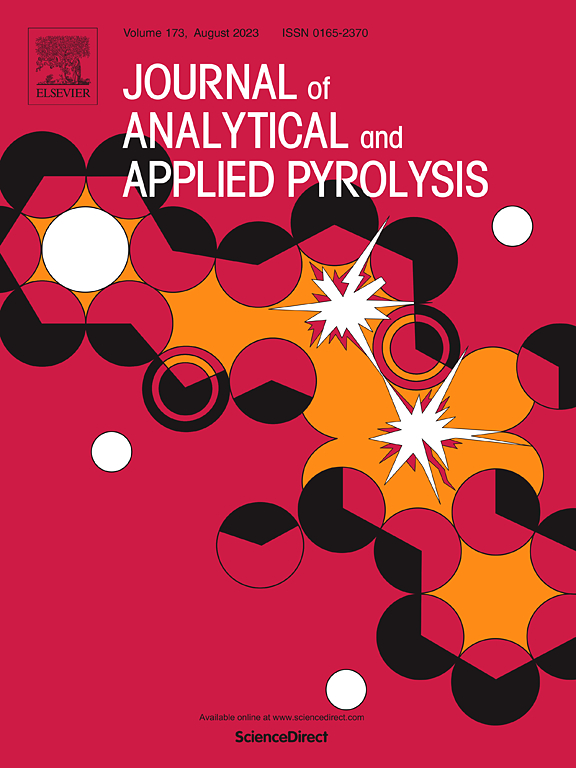Ipoma batatas (sweet potato) leaf and leaf-based biochar as potential adsorbents for procion orange MX-2R removal from aqueous solution
IF 6.2
2区 化学
Q1 CHEMISTRY, ANALYTICAL
引用次数: 0
Abstract
The industrial sector of textile effluent discharge comprised majorly of toxic pollutants of synthetic dyes. Lignocellulosic based biomass is a potential precursor for the preparation of biochar type adsorbent for treating wastewater. The present research examined the leaf of Ipoma batatas in the synthesis and application of biochar in the adsorptive removal of procion orange MX-2R (PO) from aqueous solution. The Ipoma batatas biochar (IBB) was prepared from the treatment of Ipoma batatas leaf (IBL) biomass with CaCl2, further activation using microwave-assisted electromagnetic radiation and pyrolysis approach. The batch adsorption assessments of the process parameters were performed with the range of experimental conditions such as initial PO concentration of 1.0–70.0 mg/L, adsorption contact time up to 240 min, solution pH 1.0–11.0, IBL/IBB dosage 0.05–0.30 g/L and adsorption temperature of 303–333 K. The total surface area of IBB exhibited high value of 1175.47 m2/g compared to that of IBL surface area 439.25 m2/g. The equilibrium model analysis showed the adsorption capacity according to Liu model presents 221.20 mg/g (IBL) and 750.80 mg/g (IBB). This study showed the potential of IBB over IBL towards the adsorptive removal of PO from simulated solution.
甘薯叶和叶基生物炭作为从水溶液中去除原橙 MX-2R 的潜在吸附剂
工业部门排放的纺织废水主要是合成染料的有毒污染物。木质纤维素类生物质是制备生物炭类吸附剂处理废水的潜在前体。本研究考察了 Ipoma batatas 的叶片在合成和应用生物炭吸附去除水溶液中的普罗旺斯橙 MX-2R (PO) 方面的情况。Ipoma batatas 生物炭(IBB)是用 CaCl2 处理 Ipoma batatas(IBL)叶片生物质,然后用微波辅助电磁辐射和热解方法进一步活化制备的。在初始 PO 浓度为 1.0-70.0 mg/L、吸附接触时间长达 240 分钟、溶液 pH 值为 1.0-11.0、IBL/IBB 用量为 0.05-0.30 g/L、吸附温度为 303-333 K 等实验条件下,对工艺参数进行了批量吸附评估。IBB 的总表面积高达 1175.47 m2/g,而 IBL 的表面积为 439.25 m2/g。平衡模型分析表明,根据刘氏模型,吸附容量分别为 221.20 毫克/克(IBL)和 750.80 毫克/克(IBB)。这项研究表明,在吸附去除模拟溶液中的 PO 方面,IBB 比 IBL 更具潜力。
本文章由计算机程序翻译,如有差异,请以英文原文为准。
求助全文
约1分钟内获得全文
求助全文
来源期刊
CiteScore
9.10
自引率
11.70%
发文量
340
审稿时长
44 days
期刊介绍:
The Journal of Analytical and Applied Pyrolysis (JAAP) is devoted to the publication of papers dealing with innovative applications of pyrolysis processes, the characterization of products related to pyrolysis reactions, and investigations of reaction mechanism. To be considered by JAAP, a manuscript should present significant progress in these topics. The novelty must be satisfactorily argued in the cover letter. A manuscript with a cover letter to the editor not addressing the novelty is likely to be rejected without review.

 求助内容:
求助内容: 应助结果提醒方式:
应助结果提醒方式:


